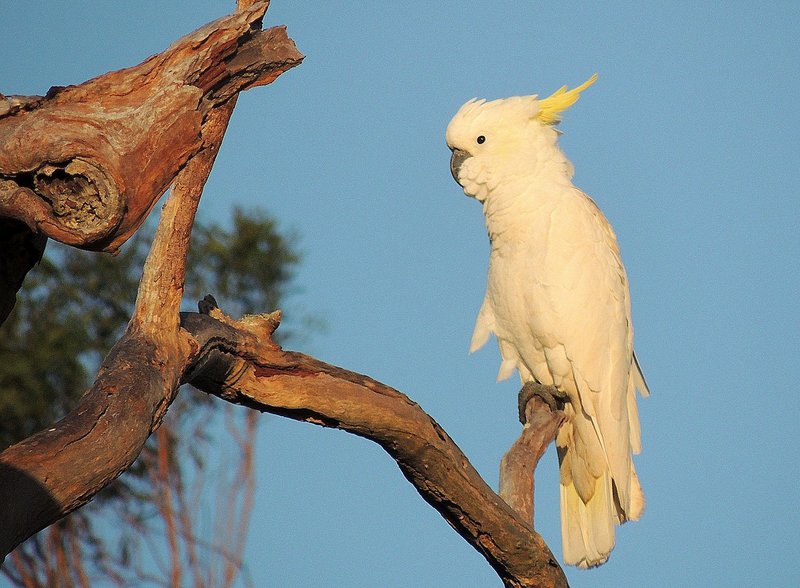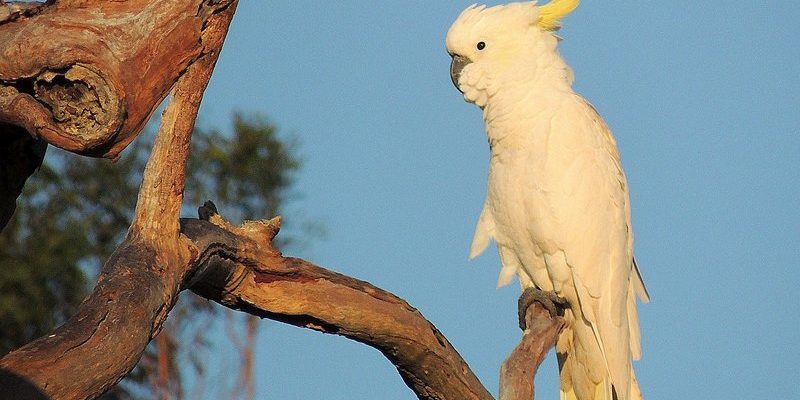
Identifying a cockatoo isn’t just about seeing a colorful bird—it’s about understanding their unique features, behaviors, and habitats. Imagine you’re walking through a lush forest, and suddenly, a flash of white or pink catches your eye. That’s your cue to pause, take a closer look, and enjoy the magic of these fascinating creatures. By the end of this guide, you’ll feel equipped to spot cockatoos successfully and appreciate their beauty in the wild.
What Are Cockatoos?
Cockatoos belong to the parrot family and are known for their striking appearances and lively behavior. There’s a wide variety of cockatoo species, each with its own distinct characteristics. Generally, they feature a prominent crest that rises when they’re excited or alarmed.
You might run into several species, including the Sulphur-Crested Cockatoo, which is predominantly white with a bright yellow crest, or the Galah, which has a beautiful pink body with grey wings. Their sizes can vary, too—some cockatoos are as small as a sparrow, while others can grow as big as a crow.
Understanding their basic traits can make it easier to identify them in the wild. Remember that these birds are quite social, often seen in flocks, which can help you spot them more easily.
Where Do Cockatoos Live?
Cockatoos are native to Australia and nearby islands, but their habitats can vary widely. They thrive in environments ranging from tropical forests to woodlands and even urban areas. If you’re on a quest to spot them, knowing where to look is half the battle.
In urban settings, you might find cockatoos hanging out in parks or even taking over backyards, especially if there are food sources available. In the wild, they prefer areas with plenty of trees, as they need these for nesting and roosting.
Keep an eye out for places where you have the best chance of spotting them:
- Forests with mature trees
- Coastal areas near mangroves
- Open woodlands
- Parks and gardens in cities
Understanding their preferred habitats can seriously boost your chances of witnessing these wonderful birds.
Physical Features to Look For
When trying to identify a cockatoo, pay close attention to their physical features. As mentioned earlier, their crests are a standout characteristic. Depending on the species, the crest can vary in color and size. For example, the Moluccan Cockatoo has a large, fluffy orange crest, while the Umbrella Cockatoo showcases a striking white crest.
Another important factor is their coloration. Cockatoos are known for vibrant plumage, ranging from all white to pink and grey. This coloration can indicate their species. The Galah, for instance, is easily recognizable due to its pink body.
A good practice is to observe their size and beak shape. Most cockatoos have strong, curved beaks that help them crack open seeds and nuts. Comparing them to other birds in the environment can help narrow down their identity.
Behavior and Calls
Cockatoos are not just striking in appearance; they’re also known for their distinct behaviors and vocalizations. Their social nature makes them very active birds. If you see a flock, chances are they’re squawking, playing, or even engaging in aerial acrobatics.
Listening to their calls can be a dead giveaway. Cockatoos have a range of sounds that vary by species. The Sulphur-Crested Cockatoo has a loud, raucous call that’s hard to miss. In contrast, the Galah gives off a softer, cooing sound. Even if you can’t see them right away, following their calls can lead you straight to them.
Try to spend some time simply observing their interactions. Watching how they play and communicate can provide deeper insight into their social dynamics.
Time of Day for Spottings
Timing can significantly impact your chances of seeing cockatoos. They’re usually more active during early morning and late afternoon. This is when they’re looking for food or socializing with each other.
During the hotter parts of the day, you might find them resting in the shade, making it a bit harder to spot them. If you plan your outings early or late in the day, you’ll have a much better experience. Plus, this timing also gives you a chance to enjoy the softer light for photographs!
Here’s a quick overview of the best times to look for cockatoos:
- Early morning (around sunrise)
- Late afternoon (before sunset)
- Avoid midday when they’re resting
Tips for Spotting Cockatoos in the Wild
Now that you have a good understanding of cockatoos, here are some practical tips for spotting them in their natural habitat:
1. Be Patient: Birdwatching is a waiting game. Find a comfortable spot, sit quietly, and let nature come to you.
2. Use Binoculars: A good pair of binoculars can enhance your chances of spotting these gorgeous birds from a distance.
3. Learn the Calls: Familiarizing yourself with their vocalizations can help you pinpoint their locations without needing to see them.
4. Join a Birdwatching Group: Connecting with fellow birdwatchers can improve your skills and open up opportunities for spotting different species.
5. Respect Their Space: If you spot a cockatoo, enjoy it from a distance. Getting too close can stress them out and drive them away.
These simple strategies can make your birdwatching experience much more enjoyable and rewarding.
Why Identifying Cockatoos Matters
Understanding how to identify cockatoos in the wild goes beyond just enjoying their beauty. It can deepen your connection to nature and enhance the experience of being outdoors. Cockatoos are not only important for their vibrant presence but also play a crucial role in their ecosystems, helping with seed dispersal and maintaining tree health.
By learning about their behaviors and habitats, you can contribute to conservation efforts, particularly as many cockatoo species face threats from habitat loss and illegal trapping.
So, the next time you’re out in nature, take a moment to appreciate these magnificent creatures. Your newfound knowledge can help you enjoy birdwatching while also advocating for their protection.
As you venture into the wild, remember: spotting a cockatoo is like finding a piece of art hanging in a gallery, full of life and vibrancy. With these tips in hand, you’re ready to embark on your own birdwatching adventure!

